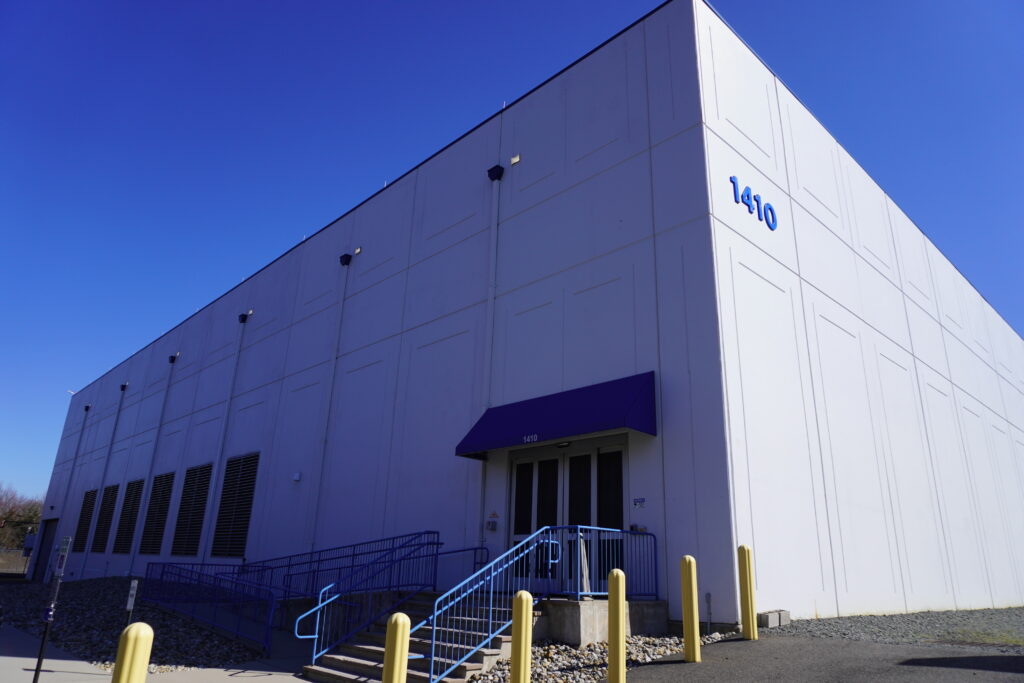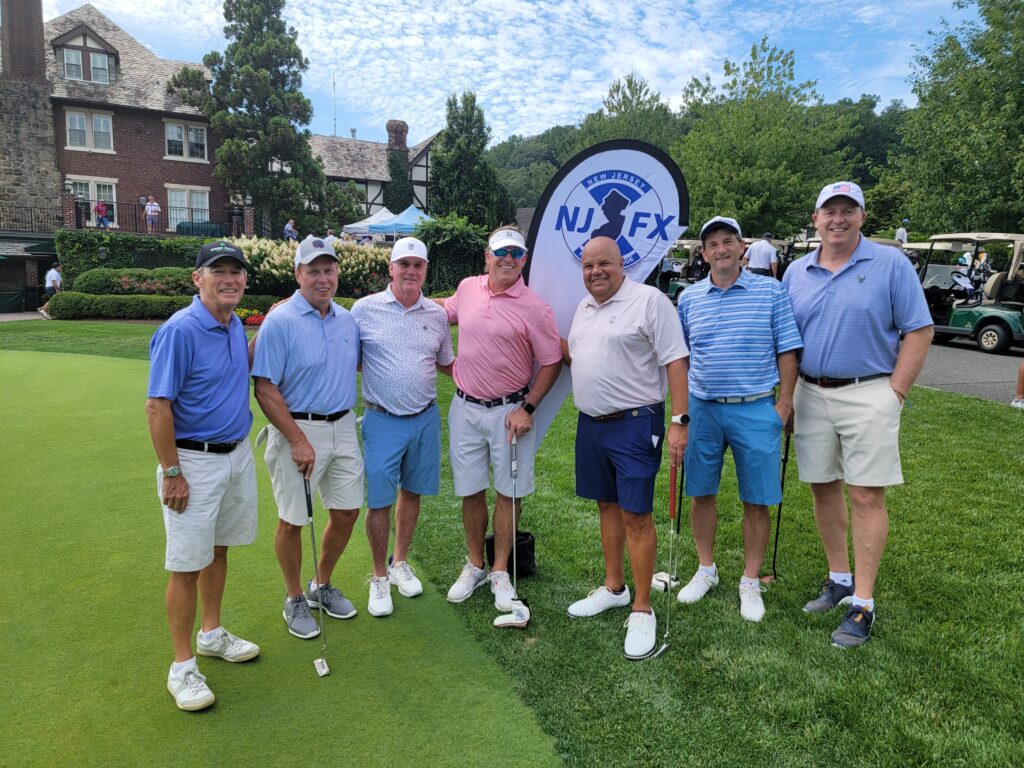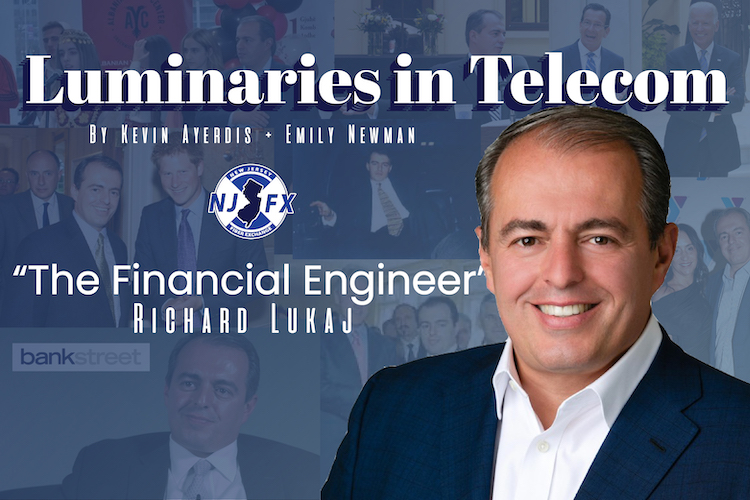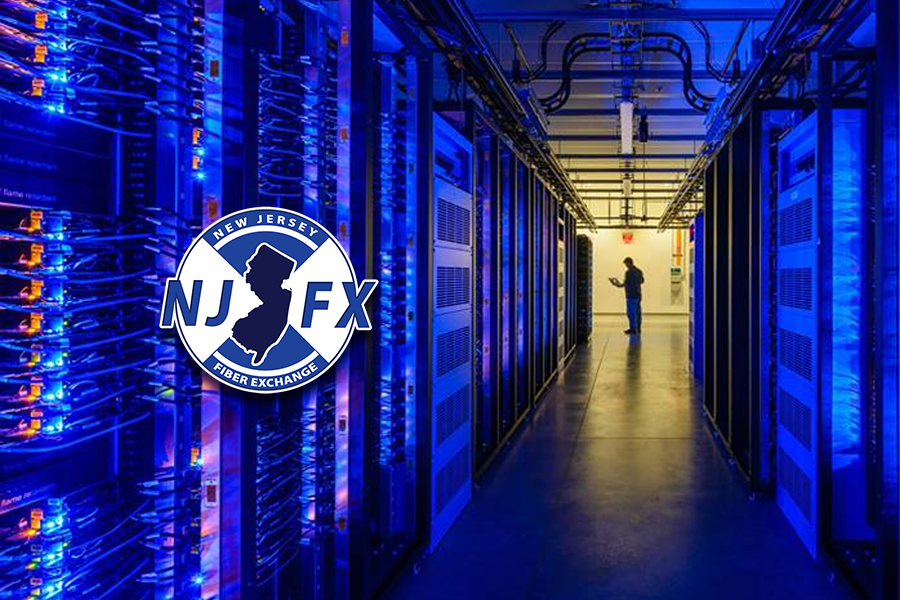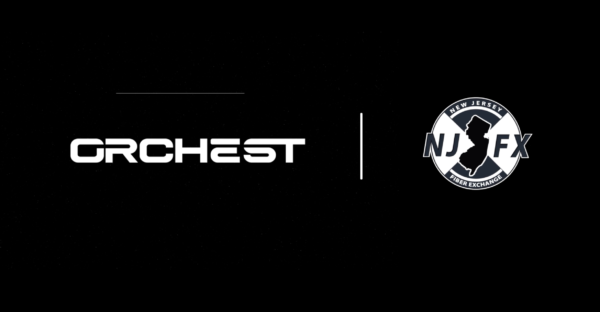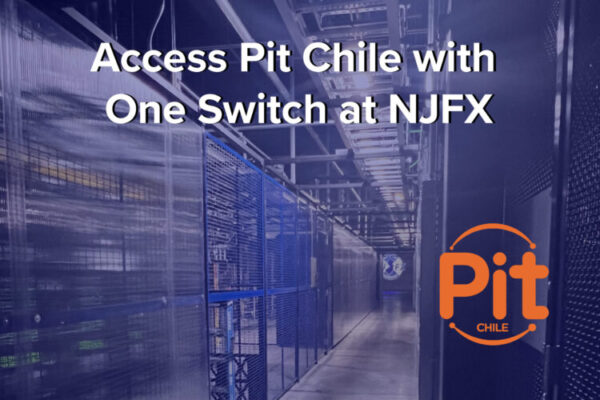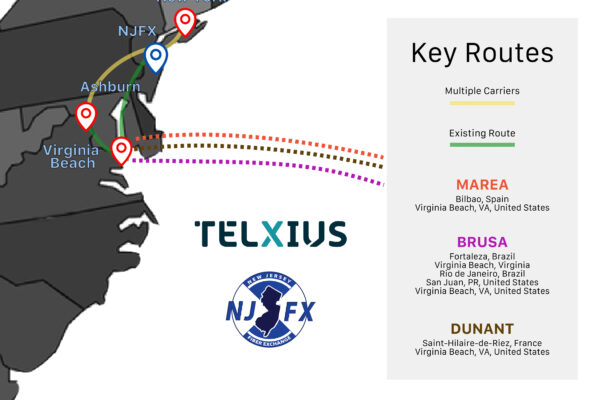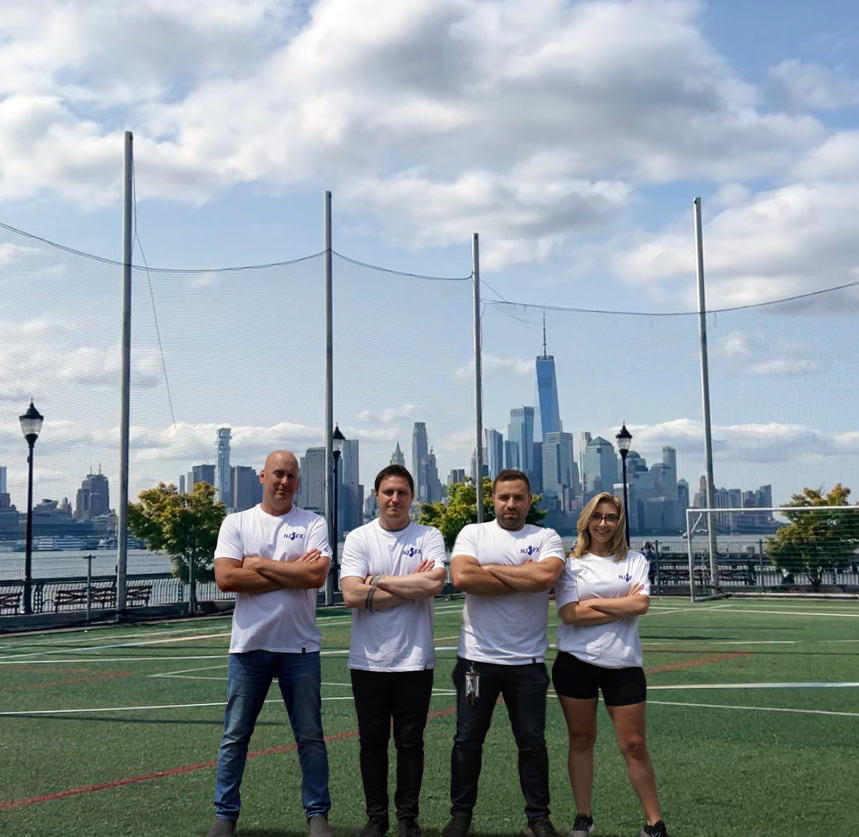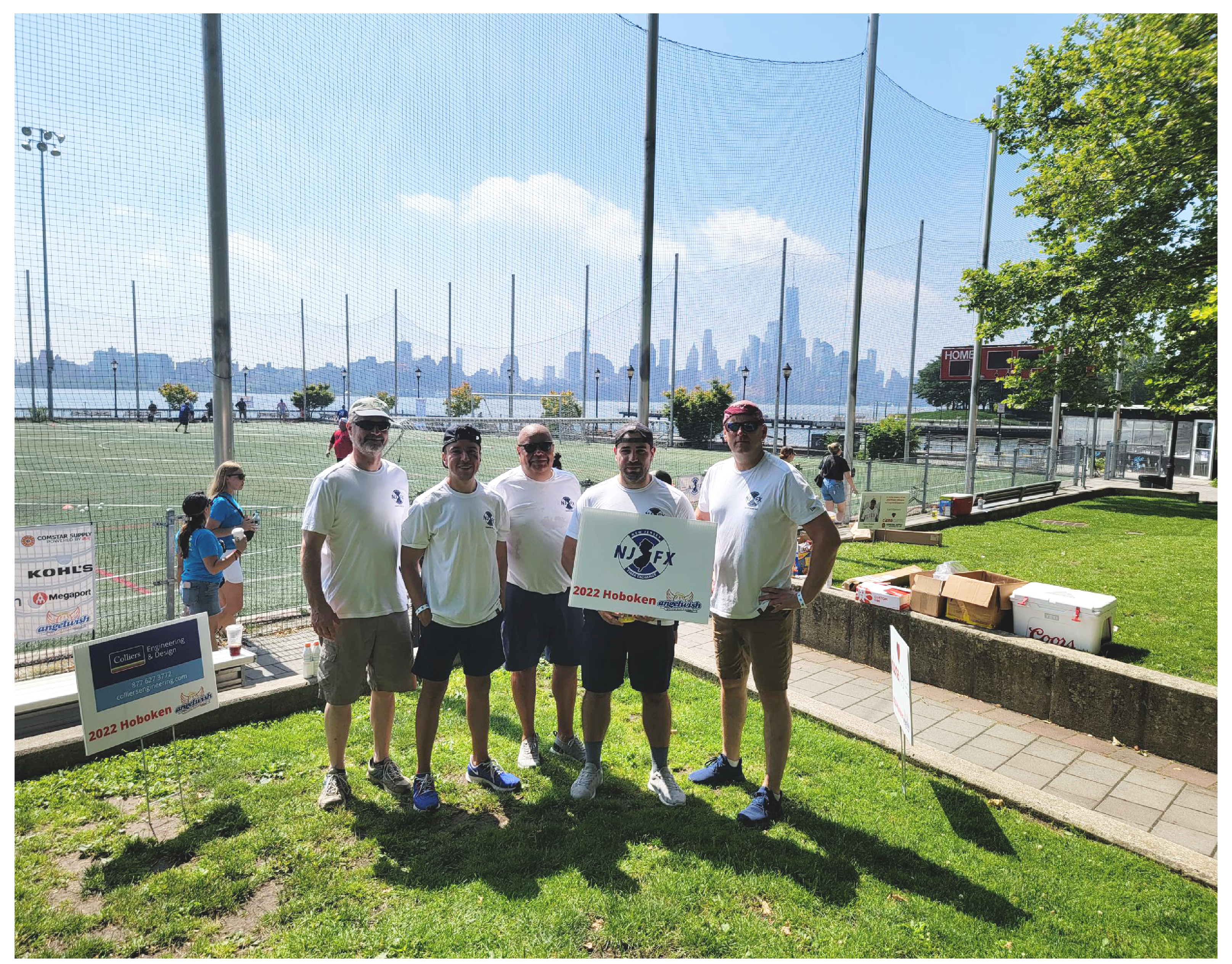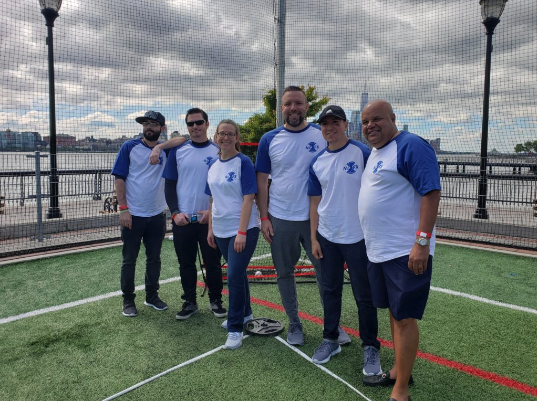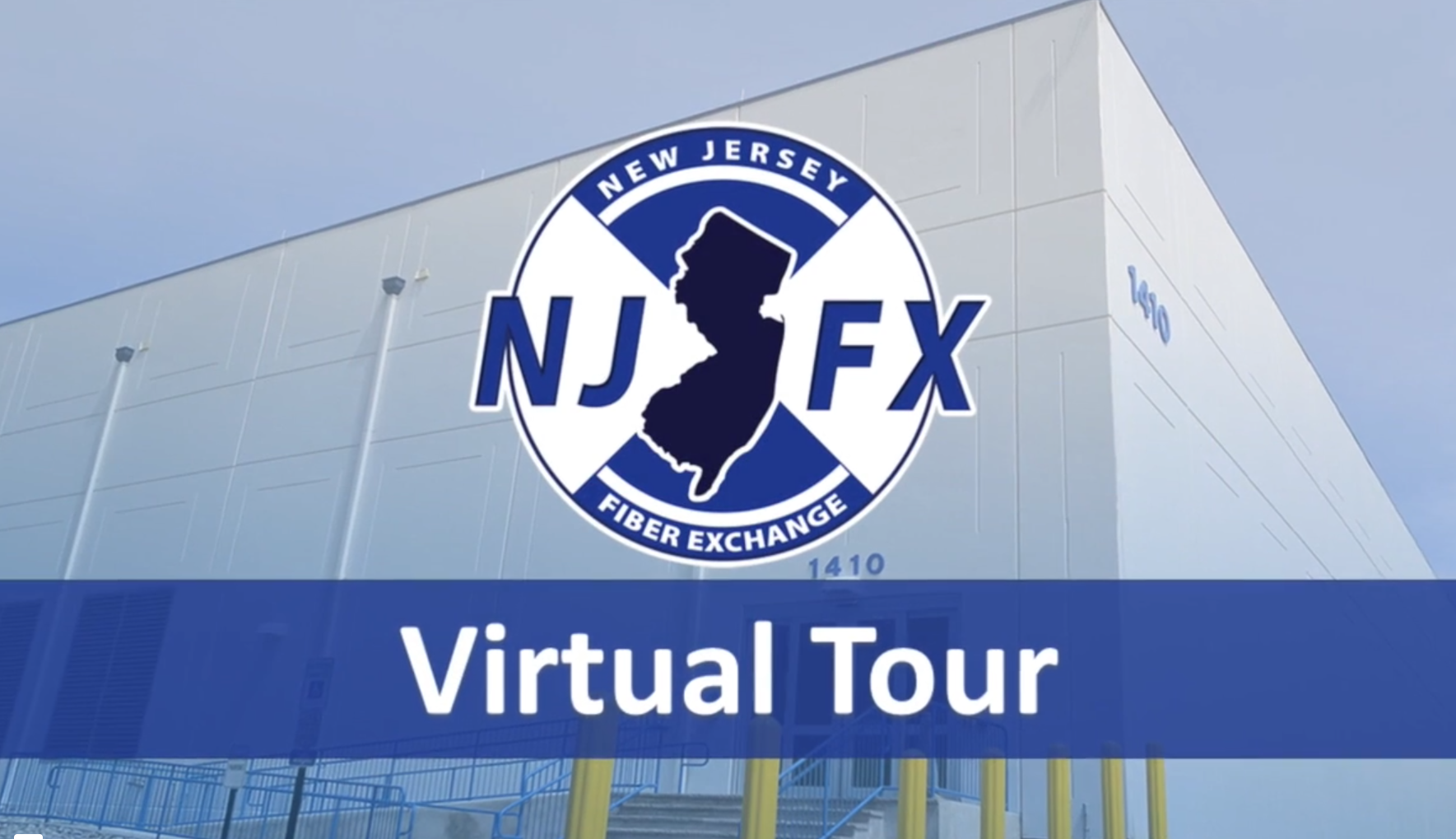Cultivating Tomorrow’s Leaders: Inside NJFX’s Internship Program
Cultivating Tomorrow's Leaders: Inside NJFX's Internship Program
Discover how we’re shaping telecom’s future leaders, by meeting Taylor Khan
September 7, 2023

The journey from an intern to a professional is one of immense growth, discovery, and accomplishment. For any company, an internship program represents not just a responsibility to provide students with real-world experience, but an opportunity to mold the future leaders of the industry. The success of NJFX’s internship program stands as a testament to this commitment.
This summer, we were fortunate to welcome Taylor Khan to our team. From the outset, it was clear that Taylor was a dynamic individual, ready to immerse herself in the telecom world. She approached her tasks with an eagerness to learn and a dedication that surpassed expectations.
Under the proficient mentorship of Emily Newman, our PR Marketing Manager, Taylor’s journey was nothing short of transformative. Emily, with her vast experience and dedication to nurturing talent, curated an extensive timeline and curriculum tailored for Taylor. This was designed not just to acquaint her with NJFX’s operations, but to fully immerse her in the broader nuances of the telecoms industry.
Emily guided Taylor through two major projects that showcased her growing understanding and expertise. The first required Taylor to delve deep into how AI is disrupting telecoms, identifying who is currently utilizing it, and outlining the steps we can take to ensure we harness every AI tool available for our customers’ ease. The second project was a direct application of her research. She was tasked with reimagining NJFX’s website and brand through the lens of AI insights she had gathered. As NJFX approaches its 7th anniversary, Taylor was presented with the exciting challenge of rebranding our identity. She pondered upon key questions: How should we evolve? How would this rebrand resonate with our customers?
Working hand-in-hand, Emily and Taylor embarked on this journey of rebranding. Through this process, Emily imparted a crucial lesson to Taylor, emphasizing the importance of seeking help when needed. As Emily often says, “Never be afraid to ask for help. Collaboration and curiosity are the stepping stones to success.”
Moreover, the hands-on experience didn’t stop there. Emily introduced Taylor to the technicalities of website management, ensuring she learned the intricate details of updating pages, posting blogs, and enhancing SEO. But it wasn’t all tech-focused. With a dab into the creative world, Taylor was also initiated into the realm of graphic design, getting acquainted with industry-standard tools like Adobe Photoshop and Illustrator.
Emily’s philosophy on mentorship is admirable, stating, “My goal was to offer an experience that would not just be a fleeting memory, but a foundation for her future career opportunities.” This sentiment encapsulates the ethos of NJFX’s internship program: to arm young talents with tools and experiences that serve them for life.
NJFX’s legacy of grooming interns into professionals is not new. Over the years, our internship program has witnessed the rise of many success stories. Kate Santaliz, who started as our Site Access intern, now contributes her expertise as a Capitol Hill Researcher at NBC. Sarah Kurtz transitioned from our Business Development Manager to a Data Center Selection Manager at Cloudflare. Amanda Kadunce, once our Sales and Marketing Intern, is now making strides as an Account Executive at QTS Data Center.
These tales of success aren’t just individual accomplishments. They stand as collective testimonies to NJFX’s commitment to fostering talent and setting young professionals on a trajectory of success. We take immense pride in these stories, for they mirror our dedication to nurturing and shaping the future leaders of the telecom industry.
We at NJFX believe that the best way to predict the future is to create it. And with our esteemed internship program, we are crafting a brighter, more innovative tomorrow, one intern at a time.
More In the News
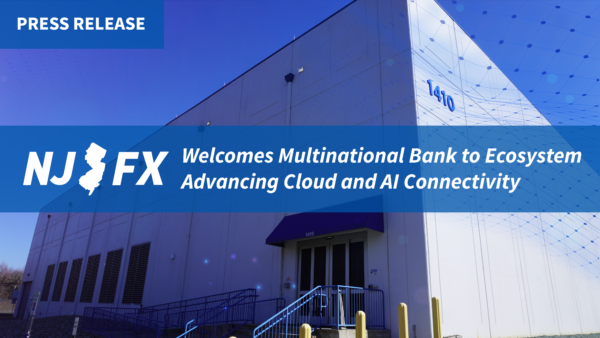
NJFX Welcomes Multinational Bank to Ecosystem Advancing Cloud and AI Connectivity
Red Sea conflict threatens Key Internet Cables. Maritime attacks complicate repairs on underwater cables that carry the world’s web traffic.
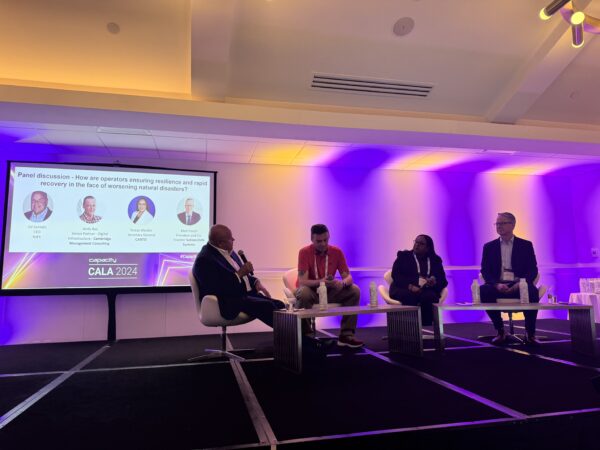
The Important Role of Disaster Preparedness for Critical Infrastructure
Industry leaders discussed strategies for disaster preparedness, technology in mitigation, and the essential partnerships between government and data centers

Data Centers Powering the Future
Emily Newman, Pr and Marketing Manager at NJFX, interviews John Hayduk, former COO From Tata Communications. The discussion focuses on the transformative journey Hayduk has along with the telecommunication industry and the challenges he faced across the world. Especially, in areas that deal with Telecom Egypt and the South China Sea.

A Wake-Up Call for Global Communication Resilience
Emily Newman, Pr and Marketing Manager at NJFX, interviews John Hayduk, former COO From Tata Communications. The discussion focuses on the transformative journey Hayduk has along with the telecommunication industry and the challenges he faced across the world. Especially, in areas that deal with Telecom Egypt and the South China Sea.
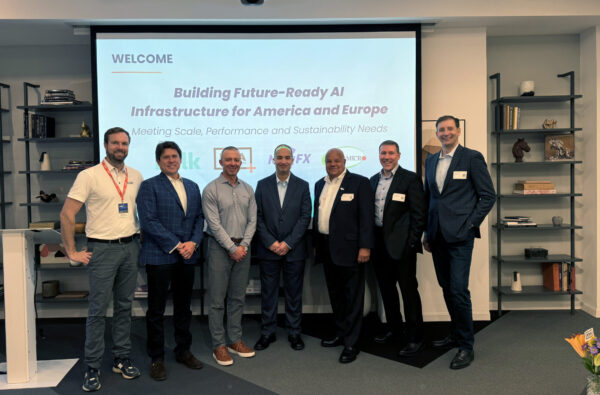
Powering AI Growth in Future Ready Data Centers from US to Norway
Emily Newman, Pr and Marketing Manager at NJFX, interviews John Hayduk, former COO From Tata Communications. The discussion focuses on the transformative journey Hayduk has along with the telecommunication industry and the challenges he faced across the world. Especially, in areas that deal with Telecom Egypt and the South China Sea.

Verizon, NJFX, TaTa, Althea, and TeleCall IoT Market Panel
Red Sea conflict threatens Key Internet Cables. Maritime attacks complicate repairs on underwater cables that carry the world’s web traffic.
Cultivating Tomorrow’s Leaders: Inside NJFX’s Internship Program Read More »

